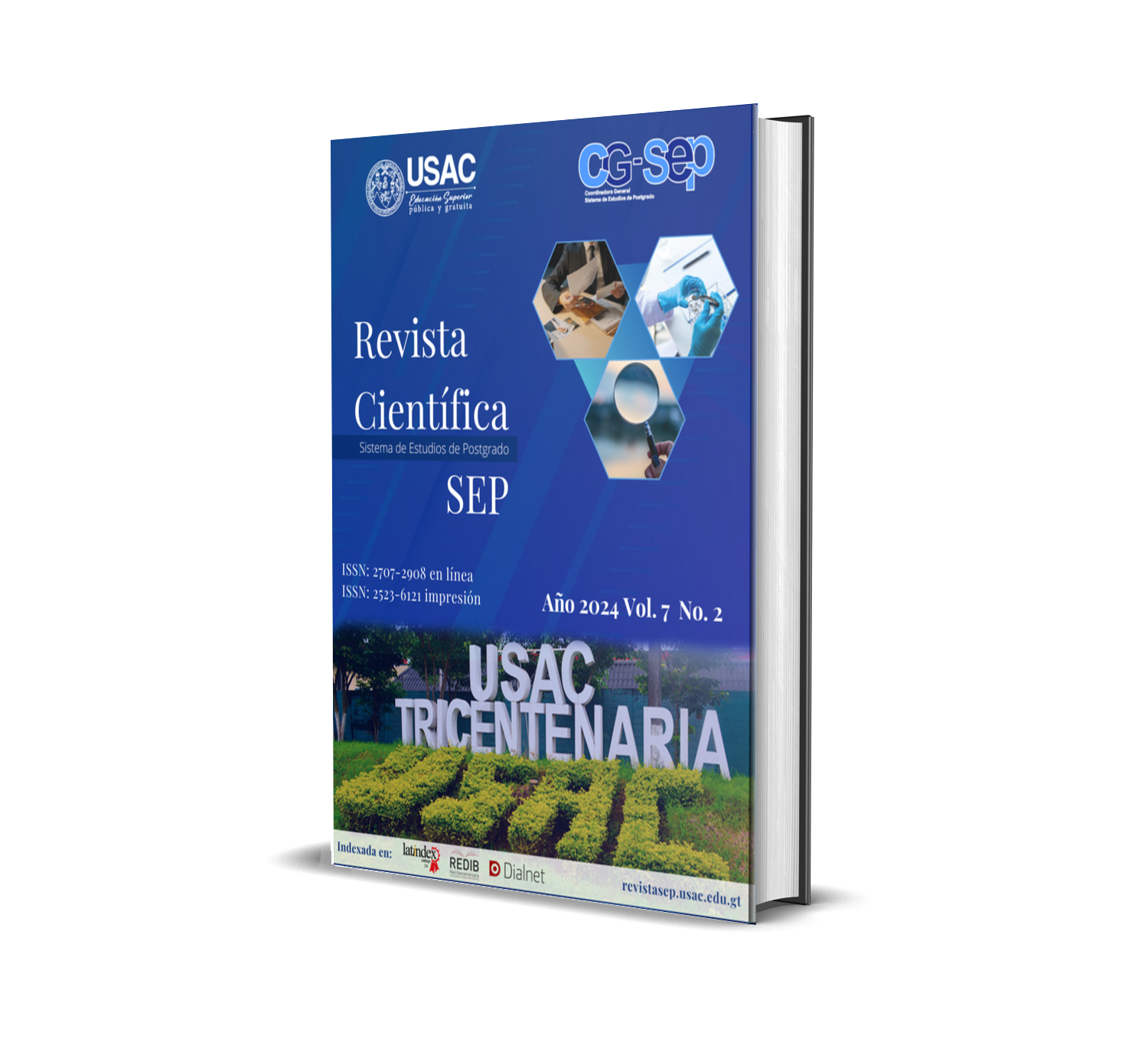Pyomyositis of the Sternocleidomatoid
DOI:
https://doi.org/10.36958/sep.v7i2.262Keywords:
Pyomyositis, sternocleidomastoid, immunosuppressionAbstract
Sternocleidomastoid pyomyositis is an exceptional pathology; multiple risk factors are involved in its development, such as chronic diseases or immunosuppression factors. It is rare, 0.4-1% of cases, immunodeficiency is a mainly predominant factor in these patients and is clinically characterized by evidence of a laterocervical tumor. The use of diagnostic imaging instruments is vital for timely treatment. The case of a 48-year-old male patient who came to the emergency service with a rapidly growing soft tissue cervical swelling is presented. He reported a medical history of type II diabetes mellitus of 8 years' duration, with poor therapeutic adherence. The radiology department was requested to perform an ultrasound and diagnostic tomography, observing an increase in volume of the right sternocleidomastoid muscle associated with the presence of a complex collection. He was taken for surgical drainage and biopsy, subsequently receiving broad-spectrum intravenous antibiotic treatment. After 4 days there was clinical improvement with a decrease in serological inflammatory markers. Histopathological findings reported edematous separation of muscle fibers, patchy myocytolysis and lymphoplasmacytic infiltration.
Downloads
References
Calduch J., Segarra M., Briceño H., y Galván C. (2004). Piomiocitis en el músculo esternocleidomastoideo. Anales de Medicina Interna, Volumen 21 (4), 54-62. https://scielo.isciii.es/scielo.php?script=sci_arttext&pid=S0212-71992004000400017 DOI: https://doi.org/10.4321/S0212-71992004000400017
Cavagnaro, F., Rodríguez J., Arancibia M., Walker B., y Espinoza A. (2013). Piomiositis en niños: Reporte de 2 casos. Revista Chilena de Infectología, Volumen 30 (1), 81-85. http://dx.doi.org/10.4067/S0716-10182013000100014 DOI: https://doi.org/10.4067/S0716-10182013000100014
Maravelas, R., Melgar, T., Vos, D., De Alcantara Lima, N., y Sadarangani, S. (2020). Pyomyositis in the United States 2002–2014. Journal Of Infection, 80(5), 497-503. https://doi.org/10.1016/j.jinf.2020.02.005 DOI: https://doi.org/10.1016/j.jinf.2020.02.005
Otones, L. L., Román, S., Martín, G. Í., Conejo, P. R., y Tomé, M. I. G. (2007). Piomiositis en los niños: no sólo una enfermedad tropical. Anales de Pediatría, 67(6), 578-581. https://doi.org/10.1016/S1695-4033(07)70807-X DOI: https://doi.org/10.1016/S1695-4033(07)70807-X
Radcliffe, C., Gisriel, S. D., Niu, Y. S., Peaper, D. R., Delgado, S., & Grant, M. (2021). Pyomyositis and Infectious Myositis: A Comprehensive, Single-Center Retrospective Study. Open ForumInfectiousDiseases, 8(4). https://doi.org/10.1093/ofid/ofab098 DOI: https://doi.org/10.1093/ofid/ofab098
Published
How to Cite
License
Copyright (c) 2024 monica Monica Morales

This work is licensed under a Creative Commons Attribution 4.0 International License.
The authors who publish in this journal accept the following conditions:
- The authors retain the copyright and assign to the journal the right of the first publication, with the work registered with the Creative Commons 4.0 attribution license, which allows third parties to use what is published as long as they mention the authorship of the work already the first publication in this magazine.
- Authors may make other independent and additional contractual agreements for the non-exclusive distribution of the version of the article published in this journal (eg, include it in an institutional repository or publish it in a book) provided that they clearly indicate that the work it was first published in this magazine.
- Authors are allowed and encouraged to share their work online (for example: in institutional repositories or personal web pages) before and during the manuscript submission process, as it can lead to productive exchanges, more and more quick citation of published work (see The Effect of Open Access).









